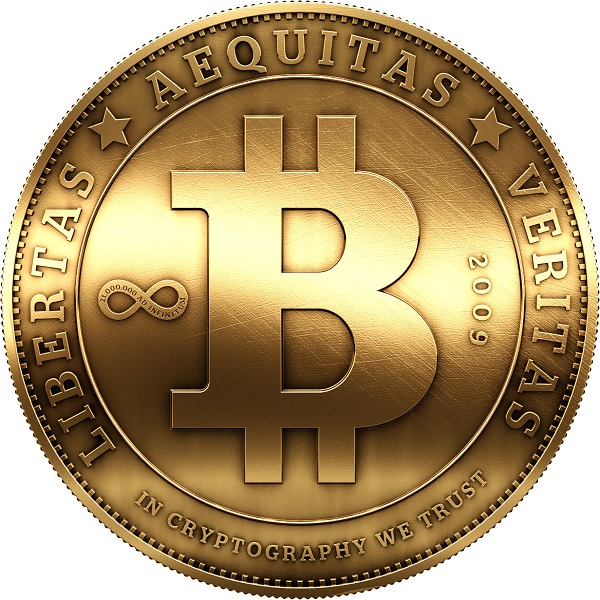
Bitcoin – The Future of Money
Technology has changed the world around us, penetrating into our daily lives to such an extent that it’s now difficult to imagine the world without it. The financial industry has been particularly impacted by digital advances, going from banknotes to credit cards to Bitcoin in just a few decades. But is Bitcoin really the future of money? Or is it just a fad destined to go away when some other form of electronic cash appears? To answer these questions, we must first take a closer look at the evolution of money to see its possible future.
The Evolution of Money
The evolution of money is long and winding, but most anthropologists agree that it started with a system of exchange called barter, in which participants in a transaction directly exchange goods or services for other goods or services without using a medium of exchange.
Barter
“Money is not coin and banknotes. Money is anything that people are willing to use in order to represent systematically the value of other things for the purpose of exchanging goods and services,” says Yuval Noah Harari, an Israeli historian and a tenured professor in the Department of History at the Hebrew University of Jerusalem, in his book Sapiens: A Brief History of Humankind.
During the era of hunting and gathering, which occupied at least 90 percent of human history, humans had to exchange goods and services to survive and bartering proved to be an effective solution because the scale of exchange was very small. You can imagine two groups of hunters and gatherers meeting from time to time to exchange materials that were only available in one area for materials that we available only available in some other area.
With the arrival of the Neolithic Revolution, sometimes called the First Agricultural Revolution, it was finally possible to move from the lifestyle of hunting and gathering to one of agriculture and settlement. As a result, the human population experienced an explosive increase, from just a few million to hundreds of millions.
Emergence of Money
The unprecedented population growth created many new roles in society, making humans more dependent on one another than ever before. As Aristotle put it, “When the inhabitants of one country became more dependent on those of another, and they imported what they needed, and exported what they had too much of, money necessarily came into use.”
Initially, things of great value and reliability were used as money, such as livestock and plant products. It wasn’t until the Bronze Age when several cultures around the world started to use commodity money, valuable objects that have value even when not used as money. Good examples of commodity money include shells, large stones, salt, alcohol, cigarettes, and, of course, gold and silver.
Around 1000 BC, money had become so indispensable that most empires and civilizations officially set standards of weight, size, and material to be used for minted coins. Early standardized coins were not that different from the coins we know and use today. They were typically disk-shaped, small enough to comfortably fit into a small pouch, and stamped with various ornaments and markings.
One crucial difference that separates early standardized coins from today’s coins is the fact that the coins we use today are no longer made of gold, silver, and bronze. Instead, they tend to be made of copper, tin and zinc.
To read more, please click on the link below…


